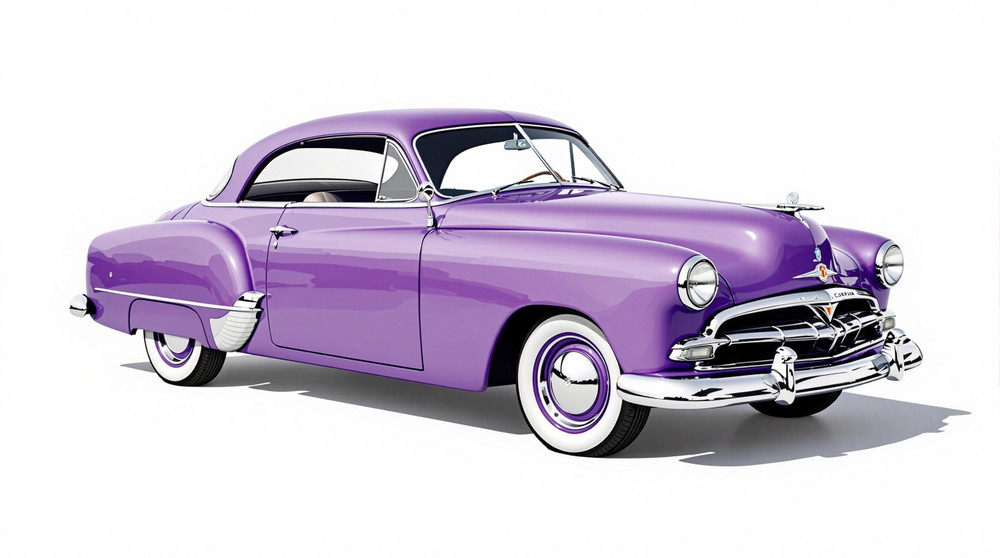Image of 1952 Henry J Corsair, Note: These illustrations use artistic license and may differ from actual historical models.
Performance Metrics
Fundamental Metrics
Emotional Appeal
MMP Rating
| Engine Specifications | |
|---|---|
| Engine Options: | 134.2 cu in (2.2 L) I4, 161 cu in (2.6 L) I6 |
| Displacement Range: | 134.2 - 161 cu in |
| Horsepower Range: | 68 - 80 hp |
| Torque: | Estimated 90 - 120 lb-ft |
| Compression Ratio: | 7.0:1 |
| Ignition System: | Distributor and coil |
| Cooling System: | Water-cooled |
| Performance Specifications | |
| 0-60 Time: | Estimated 20 - 25 seconds |
| 1/4 Mile Time: | Not available |
| Top Speed: | 75 - 80 mph |
| Transmission and Drive | |
| Drive Type: | Rear-wheel drive |
| Transmission Type: | 3-speed manual |
| Fuel and Efficiency | |
| Fuel System Type: | Carburetor |
| MPG: | Estimated 20 - 25 mpg |
| Dimensions and Brakes | |
| Brakes: | Drum brakes |
| Wheelbase: | 100 in |
| Weight: | 2,600 lbs |
Note: Specifications for classic cars are given to the best of our ability, considering the limited and variant data available.
Unveiling the 1952 Henry J Corsair
Stepping into the spotlight with an unassuming grace, the 1952 Henry J Corsair was a vehicle that encapsulated post-war American optimism. Born from the ambitious Kaiser-Frazer Corporation, this car was named after its founder, Henry J. Kaiser, and was designed to be an affordable option for the average American family. The Corsair emerged during a time when the nation was transitioning from wartime austerity to peacetime prosperity, making it a symbol of accessible luxury and practical innovation.
One particularly intriguing fact about the Henry J Corsair is that it was partly funded by government loans intended to stimulate economic growth. This financial backing came with a mandate to create a low-priced, fuel-efficient car for the masses, which played a significant role in shaping its design and production.
Design and Innovation
The exterior of the Henry J Corsair was a blend of simplicity and charm. Its rounded lines and modest chrome accents provided a look that was both contemporary and approachable. The car's design reflected an era where functionality trumped extravagance, yet it still managed to exude a certain elegance on the road.
Inside, the Corsair's cabin was utilitarian but comfortable. The materials used were durable, reflecting the vehicle's economical purpose. Despite its budget-friendly nature, buyers could still enjoy features that were quite innovative for the time, such as unit-body construction which improved rigidity and reduced weight.
Color options for the Corsair ranged from conservative hues to more vibrant tones, with popular choices including shades like 'Tucson Tan' and 'Bali Blue'. The most iconic body style was undoubtedly the two-door sedan, which captured the essence of practicality that defined this model.
Historical Significance
The Henry J Corsair left an indelible mark on automotive history by making car ownership more accessible to the American public. It stood out from its contemporaries due to its affordability without sacrificing style or functionality. Although it wasn't as luxurious as some models of its time, it played a crucial role in democratizing automobile ownership in post-war America.
Performance and Handling
The 1952 Henry J Corsair wasn't designed to break speed records but offered respectable performance for everyday driving. With top speeds hovering around 80 mph and acceleration from 0-60 mph in about 14 seconds, it provided adequate power for most consumers of its era. Handling wise, it managed bumps with relative ease thanks to its independent front suspension, though windy conditions could present a challenge due to its lightweight construction.
The driving experience of the Corsair was characterized by simplicity; from the hum of its modest engine to the straightforward interaction with its controls. It delivered an honest ride that resonated with drivers who valued reliability over racing thrills.
Ownership Experience
The Corsair found its place as a daily driver among American families and occasionally as a show car due to its historical significance. Its maintenance and reliability were generally considered strengths, with repairs being manageable for the average owner thanks to its uncomplicated design.
Fun Facts
A curious piece of trivia is that despite its initial popularity, no high-profile celebrity endorsements or ownerships are widely known – perhaps adding to its image as a car for everyman. While it didn't set any speed records, it did achieve notable sales figures in its early years before declining due to competition and changing consumer preferences.
Collector's Information
Today, the 1952 Henry J Corsair holds a modest place in collector circles. Estimates suggest that tens of thousands were produced during its run. As for value range, well-preserved models can fetch anywhere from $10,000 to $30,000 depending on condition and originality. The market trend shows slight appreciation over time due to its rarity and historical charm.
Conclusion
The 1952 Henry J Corsair stands as a testament to America's post-war automotive industry – an era where functionality met desire for personal transportation. While not necessarily coveted like some classic cars today, it remains an endearing piece of history that continues to charm collectors and enthusiasts alike.
1952 Henry J Corsair Catalog of Parts
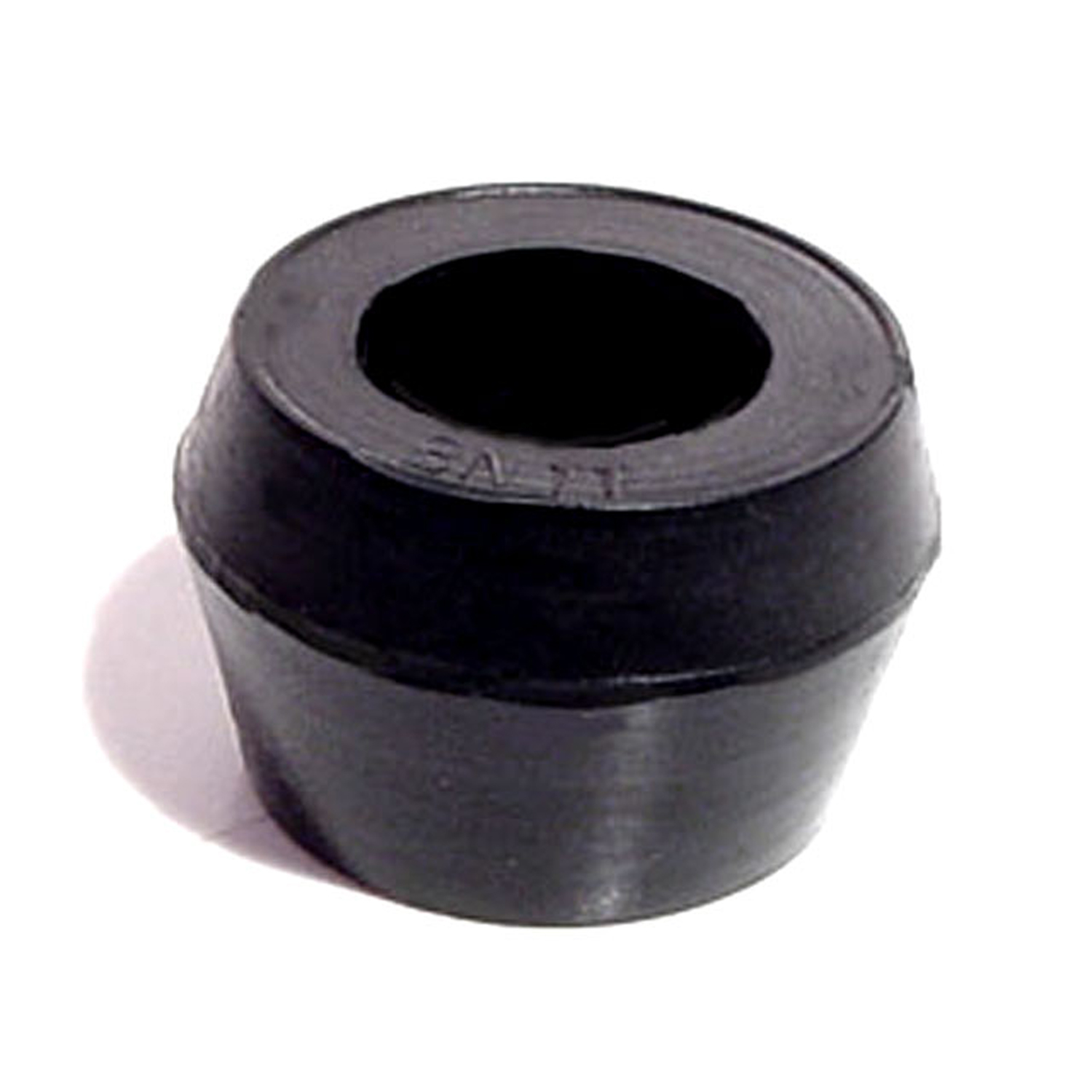 1952 Henry J Corsair Shock Absorber Grommet. 1" bottom O.D-BN 11Shock Absorber Grommet. 1" bottom O.D., 3/4" high, with 5/8" I.D. Each
1952 Henry J Corsair Shock Absorber Grommet. 1" bottom O.D-BN 11Shock Absorber Grommet. 1" bottom O.D., 3/4" high, with 5/8" I.D. Each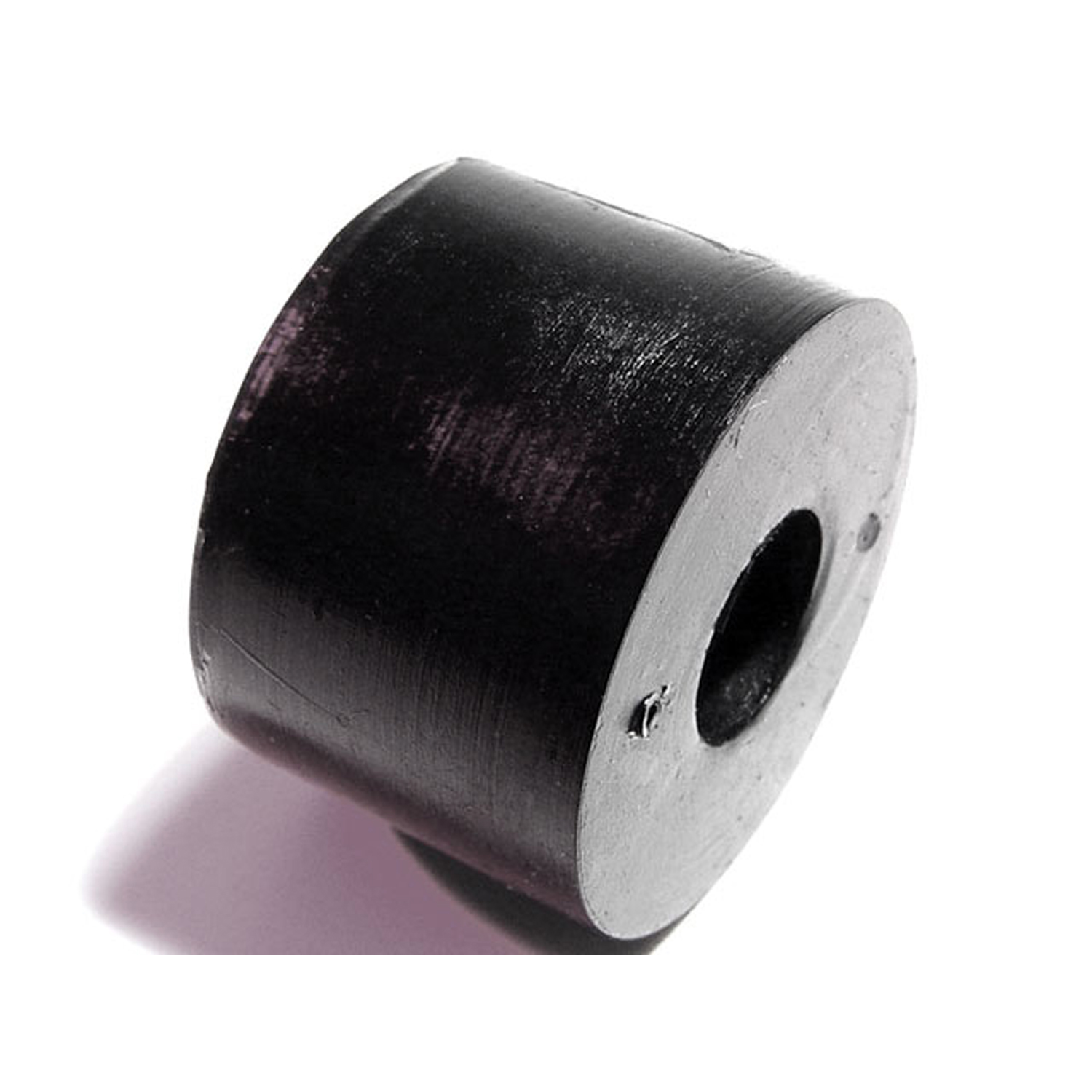 1952 Henry J Corsair Shock Absorber Grommet. 1" bottom O.D., 5/8" high-BN 13Shock Absorber Grommet. 1" bottom O.D., 5/8" high., with 3/8" I.D. Each
1952 Henry J Corsair Shock Absorber Grommet. 1" bottom O.D., 5/8" high-BN 13Shock Absorber Grommet. 1" bottom O.D., 5/8" high., with 3/8" I.D. Each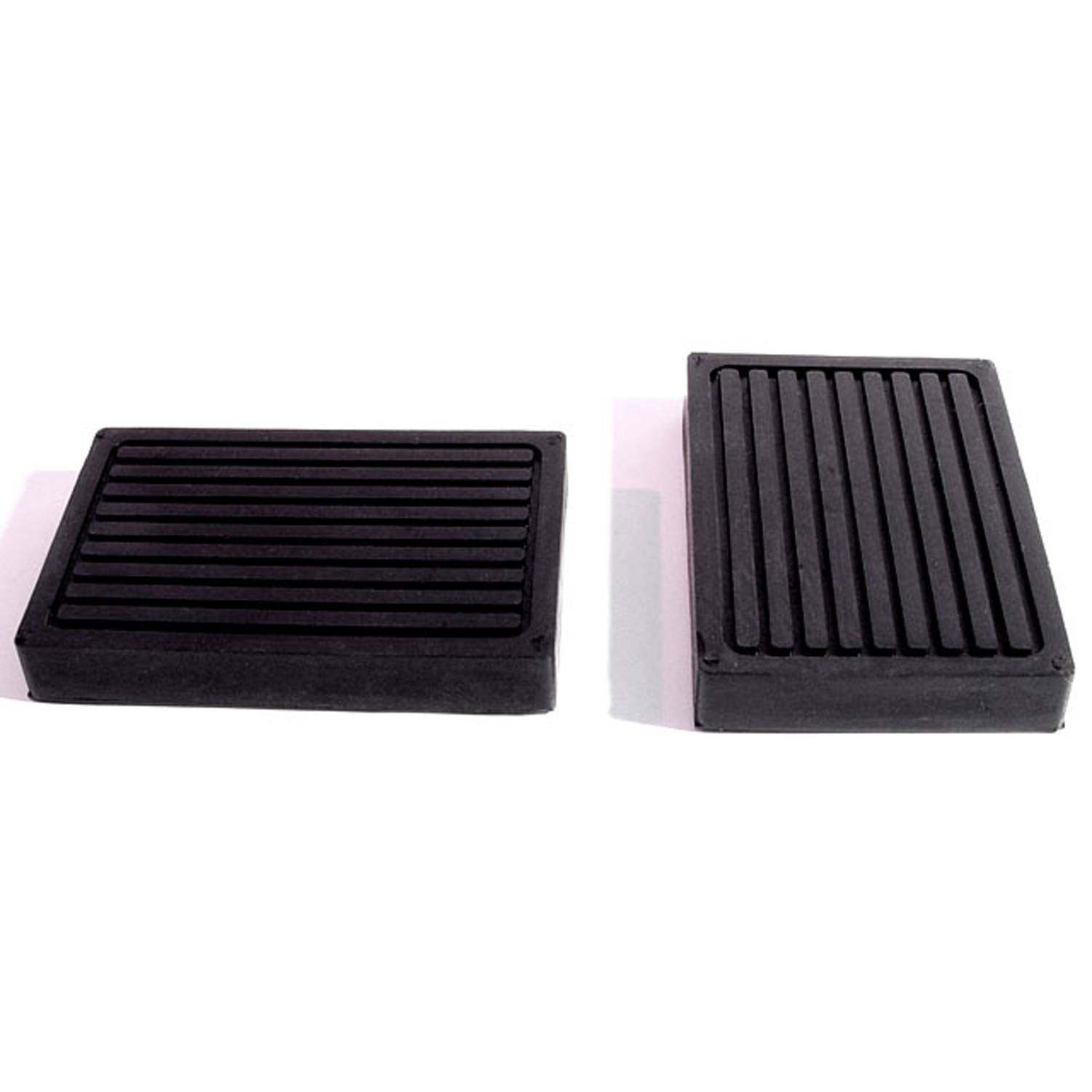 1952 Henry J Corsair Clutch and Brake Pedal Pads. 2-1/8" wide X 3-1/4" long-CB 89Clutch and Brake Pedal Pads. 2-1/8" wide X 3-1/4" long. Pair
1952 Henry J Corsair Clutch and Brake Pedal Pads. 2-1/8" wide X 3-1/4" long-CB 89Clutch and Brake Pedal Pads. 2-1/8" wide X 3-1/4" long. Pair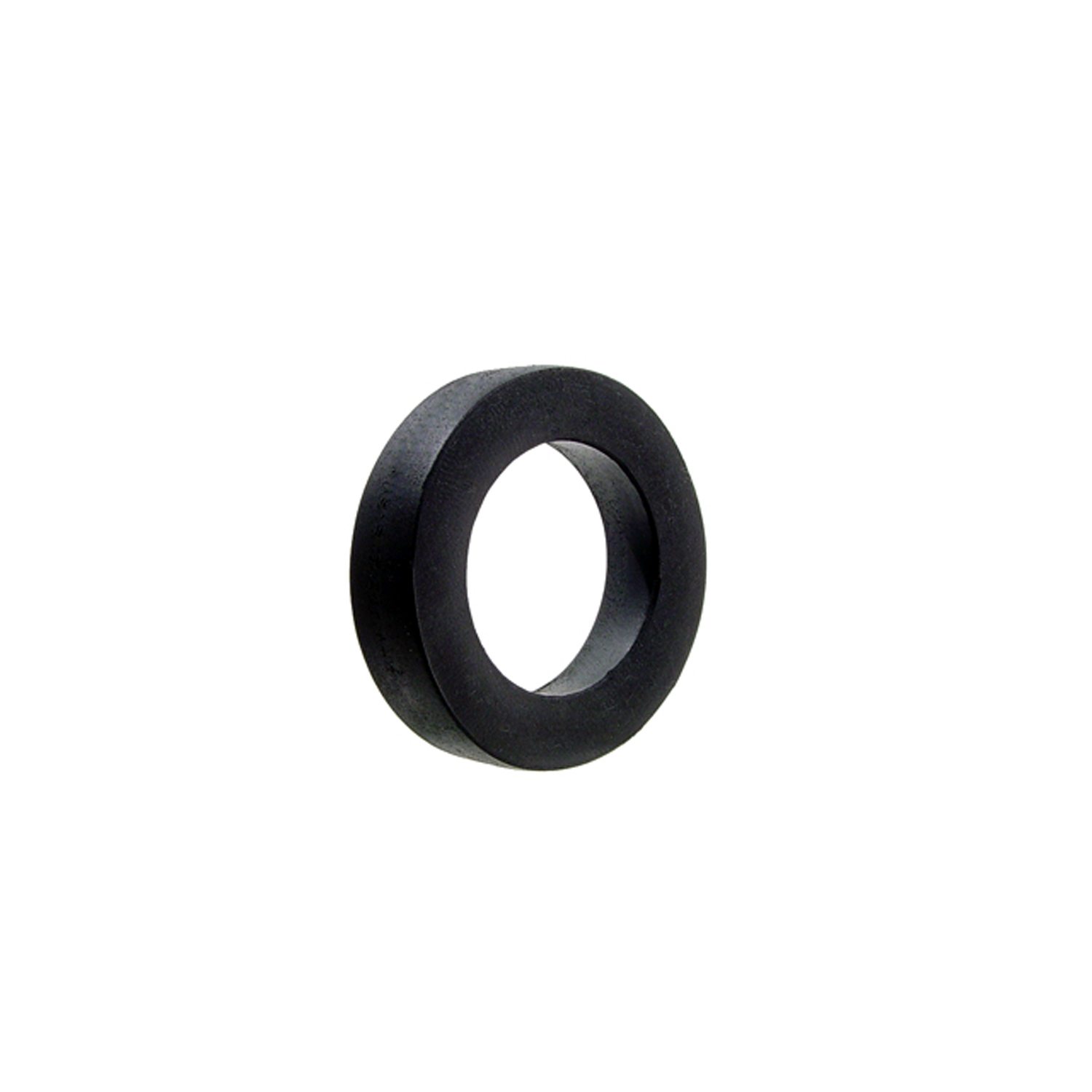 1952 Henry J Corsair Horn contact pad. 3 in. OD x 2 in. ID x 5/8 in. thk-RP 610Horn contact pad. 3 in. OD x 2 in. ID x 5/8 in. thk. Dense rubber. May work as an air-cleaner spacer for Kaiser-Darrin. Each.
1952 Henry J Corsair Horn contact pad. 3 in. OD x 2 in. ID x 5/8 in. thk-RP 610Horn contact pad. 3 in. OD x 2 in. ID x 5/8 in. thk. Dense rubber. May work as an air-cleaner spacer for Kaiser-Darrin. Each.Why Choose Metro?
For over 100 years, Metro Moulded Parts has been the pinnacle of quality in classic car restoration parts. Our commitment to precision and authenticity in every component ensures a perfect fit and an OEM-level appearance.
- Expert Craftsmanship & Quality: Each part is a testament to our dedication to reliability and perfection, crafted from original designs and thoroughly tested.
- Advanced Technology: We use cutting-edge techniques to create flawless, long-lasting parts that surpass others in performance.
- SuperSoft Sponge – The Ultimate Door Seal: Not only are our door seals 30% softer than competitors', but they're also guaranteed to never leak. They effectively reduce wind and road noise, enhancing your classic car's comfort and driving experience.
- Proudly American: Our parts are a product of American craftsmanship, made in the USA with a spirit of excellence and heritage.
- Unrivaled Warranty: We back our products with a 30-year industry-leading warranty, a testament to our confidence in their quality.
Join us in preserving the legacy of classic cars with parts that are crafted for perfection, not just made.

